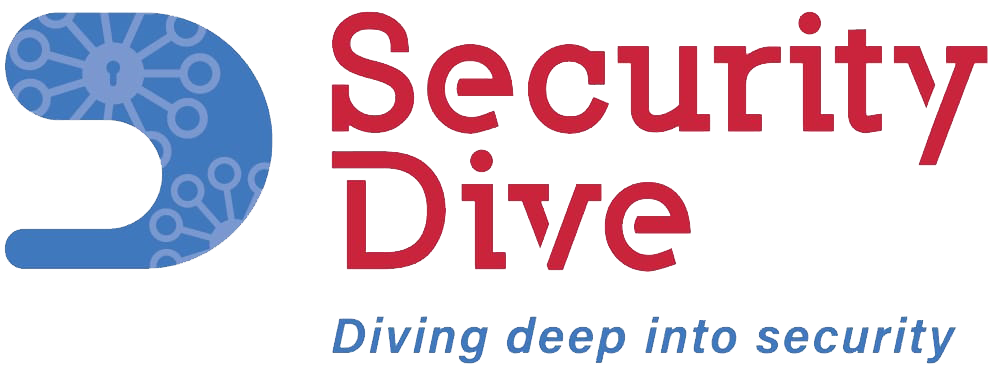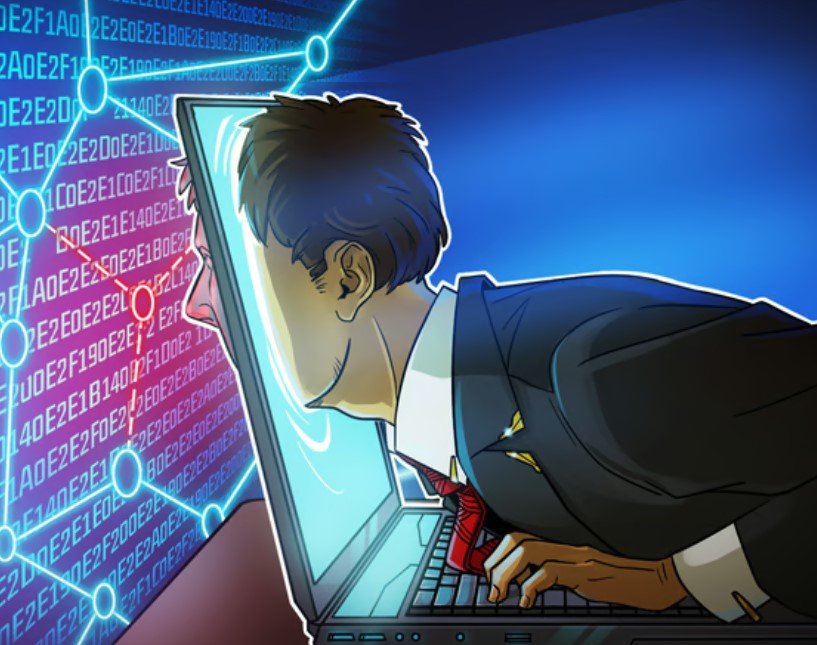Diwakar Dayal, MD and Country Manager at SentinelOne
Cybersecurity is among the top things keeping CISOs up at night. To keep their
infrastructure and data safe, security teams have to manage an ever-growing number of
data sources on the scale of petabytes. While the know-how to protect these assets exist,
the lack of skilled talent stretches existing manpower to the limit, introducing opportunities for
a breach.
With 40,000 cybersecurity positions remaining unfilled last year in India alone, it’s time that
the cybersecurity community readjust its focus to adopting AI technologies. Not only will it
quickly fill resource gaps but allow more junior positions to safely take on greater
responsibility.
However, what we are seeing is that many CISO get caught up in the relentless cybersecurity talent marathon, fruitlessly chasing the mirage of highly-skilled cybersecurity talent in an effort to close the gap. And they’re coming up short. The real key to filling the gap lies in artificial intelligence.
Bad actors are increasingly employing AI-based, automated tools to infiltrate all facets of
networks with unprecedented speed.
Leveraging this same technology, organisations can quickly scale their cybersecurity operations to stay ahead of evolving threats and create a strong structural foundation to secure their future.
The Power of AI in Cybersecurity
With AI, enterprises can detect and prevent threats with speed and efficiency and secure a
broader range of assets better than humans alone. They’re no longer limited by how many
people are in their Security Operations Center or the expertise of their team. Instead, they
are empowered to see things in real time and defend their environment against attacks in an
infinitely scalable way.
But AI can’t act alone and automation can only go so far. Humans will always be needed in
the loop to decide what to do with the data and insights it provides. AI can be used to
support these people and supercharge their capabilities.
Consider the following:
- The job of a threat hunter is to translate these concepts into queries.
But this requires knowledge of complex languages and coding skills that are in short supply. -
AI-based platforms allow security teams to ask complex threat and adversary-hunting
questions using natural language, and within seconds provide insights and recommended
response actions that can be immediately executed. - Entry-level threat hunters once limited
in what they could solve can move to the next level and veterans can become more efficient,
effective, and strategic.
Building the Workforce of the Future
By integrating AI into the training and development of both current employees and new
recruits, companies can reduce the learning curve and make security operations more
accessible to a larger pool of talent.
Looking towards the future, this approach will enable cybersecurity decision makers to not
only fill immediate vacancies, but ensure a pipeline of well-trained professionals who
understand both the nuances of network protection and the strategic application of AI tools.
Looking Ahead: The Role of AI in Shaping Cybersecurity Talent
The impact of AI on the workforce has already been immense. We are more efficient and
productive. We can do more with less. It’s hard to calculate the ripple effects of all this with
the pace the technology is moving. But one bet is safe: in the race to attract and retain
cybertalent, companies that leverage AI will sprint ahead.



